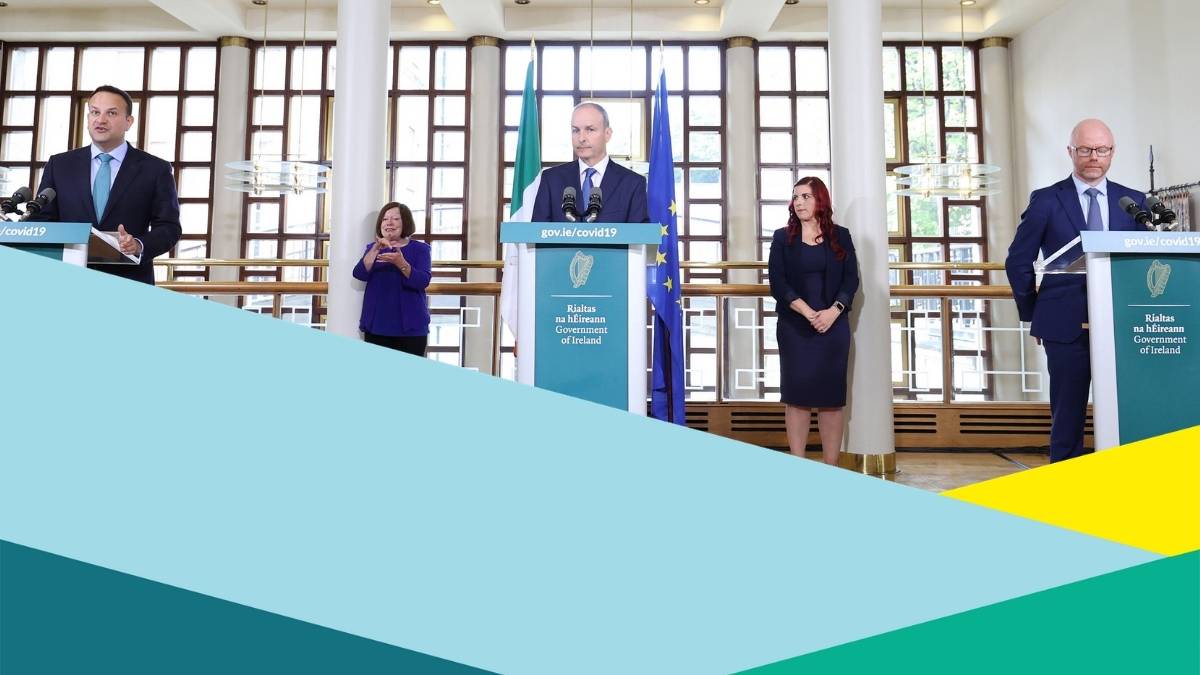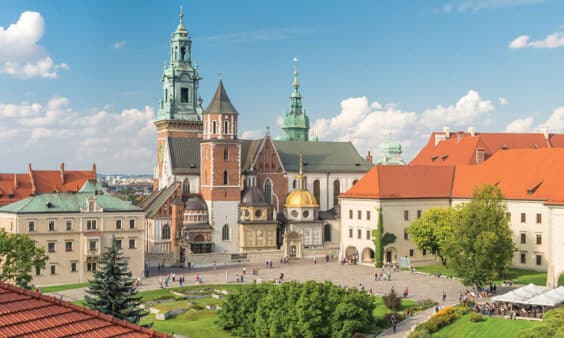This week, the government announced the new medium-term ‘Plan for Living with COVID’.
This was a highly anticipated plan and press conference. Travel and tourism businesses, as well as the general public, expected a clear roadmap for where the country was going, but there is still some confusion over the plan as a whole and the travel piece.
While briefly addressing travel, both domestic and international, Taoiseach Micheál Martin said Ireland will broadly support the European Commission’s proposed traffic light system for travel between European states. But what will these new travel measures mean?
The New EU Travel Proposal
On the 13th of October, the European Commission is expected to finalise a traffic light system for international travel amongst EU member states. Instead of each member state deciding on their own restrictions and green lists, this will be a unified, pan-European approach to travel.
How will the traffic light system work?
On a weekly basis, the European Centre for Disease Prevention and Control (ECDC) will update a colour-coded incidence map. This will be based on the number of new COVID-19 cases per 100,000 people in a 14-day period and the percentage of positive results.
- Red: Over 50 cases per 100,000 and a positivity rate of 3% or above
- Orange: Fewer than 50 cases per 100,000 and a positivity rate of under 3%
- Green: Fewer than 25 cases per 100,000 and a positivity rate of 3%
Additionally, countries or regions where there is insufficient data will be classified as grey. It is undecided as of yet if it will only be based on countries or regions e.g. Spain counted as a whole or individually as mainland Spain, the Balearics and the Canary Islands.
Countries listed as green will have no restrictions upon arrival or return whereas orange and red will require a 14-day quarantine and/or COVID-19 testing upon arrival and return.
At the time of writing, Ireland has 53 cases per 100,000 in the current 14-day period.
What happens if I’m on holidays and the status changes?
If you’re on holidays, for example, in a country or region classified as ‘green’ and it changes to ‘orange’ or ‘red’, you will be given at least 24-hours notice. This should allow sufficient time to return to Ireland before any restrictions come into effect.
Ireland’s Green List Update
In the interim, the Department of Foreign Affairs (DFA) has updated the Green List from Ireland based on the criteria proposed for the new traffic light system i.e. countries with fewer than 25 cases per 100,000 in the last 14 days.
This will include countries that you can travel to while ‘exercising normal precautions’ and don’t require you to restrict your movements upon return.
The new Green List, effective from Monday 21st of September, consists of the following:
- Cyprus
- Finland
- Germany
- Iceland
- Latvia
- Lithuania
- Poland
Ireland in the European Context
While people departing from Ireland can travel to these countries without restricting their movements upon return, the same isn’t necessarily true once you arrive.
Some countries, at least until mid-October, will have their own restrictions for international visitors.
Here is the current situation with 3 of the most popular countries for holidays from Ireland:
- Poland: Since the 13th of June, Poland has opened its borders to international travel, including those visiting from Ireland. They have had 19 cases per 100,000 in the past 14-days.
- Germany: Germany currently does not require anyone arriving from Ireland to restrict their movements or be tested for COVID-19. They have had 22.7 cases per 100,000 in the past 14-days.
- Cyprus: Since the 20th of June, Cyprus opened its borders to holidaymakers from Ireland. Prior to departing for Cyprus, Irish citizens must have proof of a negative COVID-19 test result from within the previous 72-hours. They have had 5.7 cases per 100,000 in the past 14-days.
As before, it is advised to check the current situation in the specific country you intend on travelling to. You can do this via the DFA TravelWise App or via the DFA website.
How has the travel industry reacted to the announcement?
Ryanair condemned the government’s delay and indecision regarding travel.
In their reaction to the new, they state that “Irish aviation and tourism cannot delay another week or month (to Oct 13)” with Irish aviation and jobs being sacrificed.
Paul Hackett, CEO of clickandgo.com, recently featured on RTÉ’s Six One News. His reaction to the press conference and new plan echoes that of Ryanair’s in that, “Speed is of the essence. There are hundreds of thousands of jobs at stake across the airlines, airports, hotel, tourism, inbound tourism sector, all the guesthouses, so this should be happening sooner.”
The Government is expected to both add and remove a number of countries from the travel Green List in the coming days. But it is also working towards the adoption of a proposed new EU-wide system that will assign risk levels in each country. | Read more: https://t.co/AfsUbnmqjP pic.twitter.com/QRSH0iRmFW
— RTÉ News (@rtenews) September 15, 2020
The Irish Travel Agents Association (ITAA) also expressed their disappointment. They believe there has “been a lack of clarity on both inbound and outbound tourism, and that direction is needed before the Irish travel industry can resume operations. There is a symbiotic relationship between inbound and outbound travel, therefore opening up air travel would impact massively on the Irish tourism industry.”
What do you think of the ‘Plan for Living with COVID-19’ and the new pan-European approach to travel?




